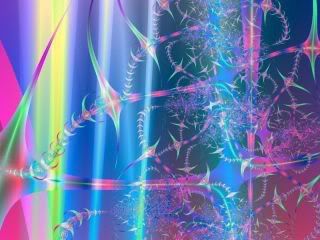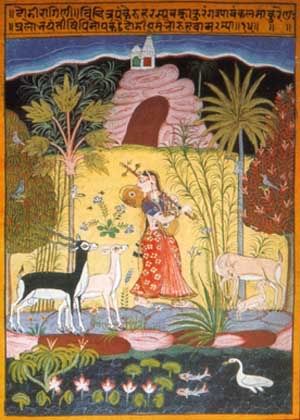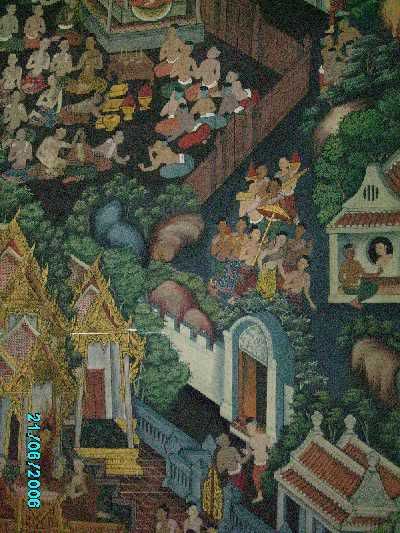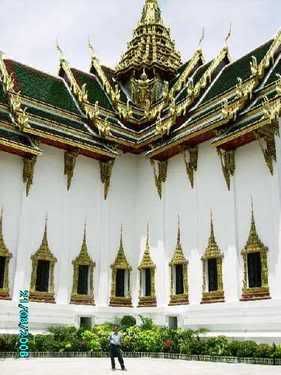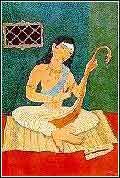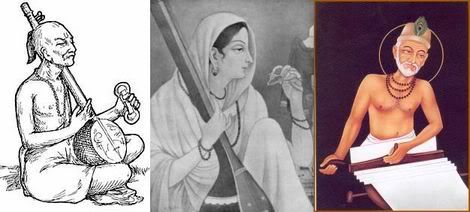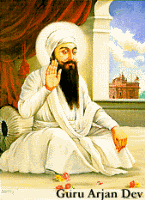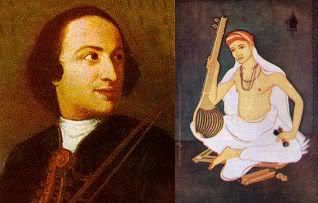Travelling to Siem Reap
Bangkok Airport – you can get a visa on arrival. But why take the risk? I suggest you get the Thai and Cambodian visas way before you start your journey, to avoid surprises. A Cambodian Visa costs $20 and a Thai one possible about $30. I got a double entry Thai visa because I needed to land in Bangkok first and cross to Cambodia by land and then return to Bangkok again. On that leg we flew from Phnom Penh to Bangkok, stayed there for a couple of days and then flew Indian Airlines to Chennai.
Right after immigration in Bangkok, you can pick up your baggage and head out through the green channel of customs assuming you have nothing to declare. Immediately to the left of the exit you’ll find at least three forex places where you can convert your currency to Thai Bhat. Right now, 1 USD is about 38 Thai Bhat.
On collecting your forex, IGNORE everyone who accosts you within the airport building, and head outside. You’ll find a public taxi stall, which is safer and better controlled.
Tell the guy at the counter you need to go to Mo Chit Bus Terminal and he’ll hail one of the dozens of cabs waiting and get you on the way. Mention clearly – Meter Taxi. The minimum is 35 baht. You will find that the meter would say about 100 bhat when you reach Mo Chit. You need to additionally pay 50 baht to the driver for the airport tax. On the way from the airport is a tollway that you can choose to take or not – the cab driver should ask you. He will ask you to pay 20 baht at that point.
That means that the journey from the airport to Mo Chit should have taken you about 170 Thai Bhat.
Once you get there, go INSIDE the building on the ground floor and proceed to counter 31 for the Aranyaprathet buses – this is the last town just before the border crossing into the Cambodian town of Poipet. There are counters outside too with about the same numbers, so it’s easy to get confused. Your ticket to Aranyaprathet should cost about 200 bhat.
The journey takes about 4 hours in a comfortable bus on smooth roads..
Let's assume you reach Aranyaprathet in the late evening or even at night. Head straight out of the bus station exit where you’ll see a few tuk-tuk guys waiting to pounce on you.
Your best bet is to ignore them if you are backpacking, as we did, and head due LEFT along the main road. After a longish walk of about 15 minutes, you should reach Hotel Thupthonckum (037) 21679, a large white building on your right.
The rooms are okay for the purpose and they have an adjoining little restaurant. We paid 300 baht for a double bed room.
Head out by 615 AM to the border crossing to the Cambodian town of Poipet. The tuk tuk will demand 80 baht or so; negotiate for about 50 to 60. In these areas, negotiation is expected as part of the protocol and you will hurt yourself by agreeing to the first number you hear.
You should get to the crossing BEFORE it opens at 7 am. There is always a huge crowd waiting to scramble across, especially small traders from Cambodia and quite a number of Thais. But do join the Foreigners queue to get your Thai visa stamped and get waved across to the Cambodian immigration which will be on your RIGHT.
I hear Cambodian visas are easy to get at the border, but again, why take a chance. Get it before hand. Cambodian immigration seems to be modern and fairly fast. Once you are through, keep walking till you reach a small traffic island/circle. There is a free shuttle bus available to take you to the government transport area from where you should take a shared taxi to Siem Reap. A friendly Cambodian Tourism authority guy helped us to get there – free - and even put us in a shared taxi without cheating us - but that might have been our luck, so don't trust anyone. Shared taxi to Siem Reap should cost between USD 10-15 per person, or 45 for the whole taxi.
The road is extremely bad and you can be assured of at least one travel-sick co-passenger before you are through.
Though the shared taxi guy says he will drop you to your guest house, he may mysteriously say on arrival at Siem Reap (after 4 hours) that he has never heard of that place. Insist that he call them and they send their tuk-tuk guy before you exit the taxi and hand over the stub of your receipt to him (he will need that to get his money from the boss in Poipet). We stayed at a wonderful place called Garden Village (gardenvillage@asia.com (Ref: Pohin, the manager). (855) 12 21 73 73. The country code for Cambodia is 855 and the mobile network code in Siem Reap (See-em Ree-aap) is 012. We paid about $7 per day for a large Cambodian style simple guest room with attached bathroom. Here is what it looked like:
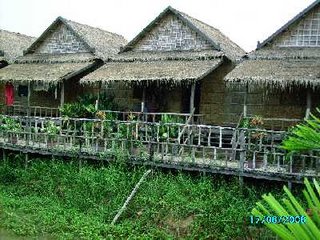
Ticket to Angkor Vat - $20 per day or $40 for 3 days. A photo is required, so take along plenty or you will have to pay quite a bit for local service. The sequence to visit Angkor Vat is usually this way
Day 0: PM: ticket formalities and issue of an ID card. Sunset at Phnom Bakhen.
Day 1: Bayon/Baphuon/Phimeanakhas/Palace of the Leper King/Terrace of Elephants/ Angkor Vat in the afternoon/evening
Day 2: Banteay Srey, East Mabon etc
Day 3: Phrea Khan etc.
Do not travel to Angkor Vat if you have a problem with heat, are not in good enough physical condition to walk very long distances in the heat and do not like heights. The stone steps in most temples are only about 6-8 inches across and ascend at a terrifying angle of 70 degrees or so. One slip and you’re gone.
Phnom Penh – I strongly recommend The Boddhi Tree which is very well run and conveniently located. Its better that you make a reservation earlier. Get off the bus at Sisowat Road and get a tuk tuk to take you for $1 to The Bodhi Tree. We managed to get the fattest Tuk Tuk driver in Phnom Penh, a Mr. Mel Toy - a very nice man. Here is information you might need about the Bodhi Tree
50 Street 113 - Phnom Penh
Tel: (011) 854 430;
boddhitree_pp@hotmail.com
http://www.boddhitree.com
Avoid Dera Reang Seay Hotel, where we stayed the first night. Its absolutely horrible, though recommended by the PP Hotel Association or something. We ran out the very next morning and paid exactly the same amount ($10) for a much much better place (shared bathroom though with three other rooms).
A generally good idea is to hire a Tuk-Tuk for about $7 - $10 for the whole day. Always bargain.
Phnom Penh is a small town. To get from one place to another by a tuk-tuk should cost between 200o Riells to 6000 Riels (1 USD is about 4000 Cambodian Riels).
There are two main and busy markets in Phnom Penh - the old one Psar Thmey and the Russian market. You can get a lot from either of these places doing some fierce bargaining and being willing to walk away. We bought a Ta Khei, a traditional Cambodian instrument from the Central Old market.
There is a decent Indian Restaurant called Madras Cafe near the old market. Vegetarian options are few in Cambodia. Do not go by the recommendations of Lonely Planet in this department for sure. They have recommended a lousy place in PP which serves amazingly bad food.
Tuk-Tuk to the airport will cost you a standard $5 fro practically anywhere in PP. The airport is clean and modern and everything there is quite impressive. There is a $25 airport departure tax to be paid. Its 500 Baht at Bangkok.
Check out Air Asia for bargain deals ($10) between PP and Bangkok.


